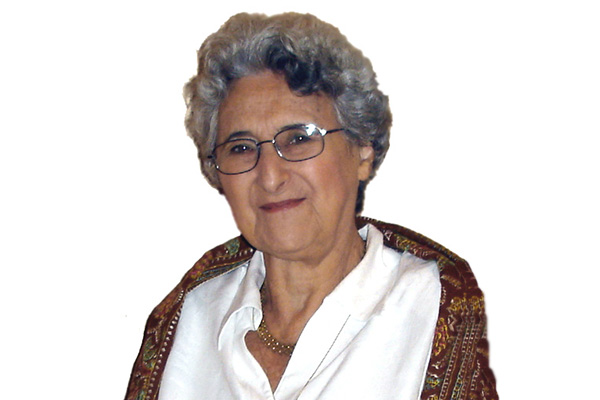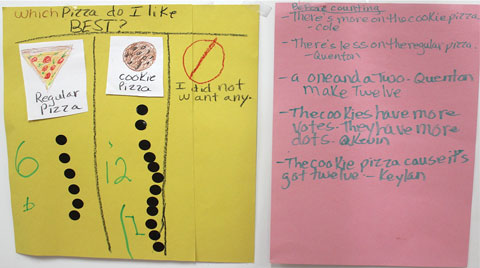In my last blog, Documentation: The Basics, Part 1, I outlined some of the fundamentals of documentation. Here are some more suggestions to help with planning and thinking about the best uses of documentation in project work. Your comments and questions will be very welcome.
Documentation is a way of presenting evidence of the children’s work so the children and others can observe it and learn about what was accomplished during the project. Documentation usually includes a variety of media, such as drawings, paintings, transcribed conversations, photographs, and models made from various materials. Ideally, the documentation is large enough that children and others can “read” comfortably and understand the sequences of events—with just the right amount of information and representations, and not too many parts or details.
The children can and should be involved in documentation during project work. The teacher can solicit the children’s ideas and suggestions for what to include that will best tell the story of their project. The teacher can provoke their thinking by, for example, asking them what parts of their work might be of most interest to their parents as well as to other children in their school.
The teacher can also show the children the photographs taken during their field trips, during time spent with visiting experts, and at other times during their project work. Children can be encouraged to discuss which photographs would be best to include in the final display.
These experiences of preparing and completing documentation provide contexts in which the children can review and reflect on their involvement in the project, their ideas and expectations, what they have learned, and what they now understand better.
Depending on the ages of the children involved in the project, their own journal notes—including sketches and attempts at writing—can also be included (quoted, cited, or photocopied) as part of the final documentation.
Some brief relevant conversations that occurred among the children or between children and adults during the project could also be transcribed and included in the documentation.
Carefully and thoughtfully prepared documentation conveys to the children the idea that what they learn, what they do, and what they think really matters. In this way good documentation of good project work is part of building a lifelong disposition to go on learning—the goal of all education.

Lilian Katz
Lilian G. Katz, a professor emerita at the University of Illinois at Urbana-Champaign, has been an international leader in early childhood education. She has lectured in all 50 U.S. states and in 43 countries. Dr. Katz also has authored more than 150 publications about early childhood education, teacher education, child development, and parenting.
Biography current as of 2019


